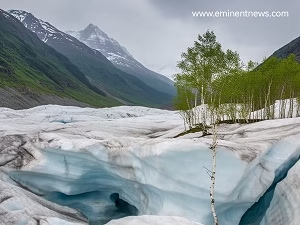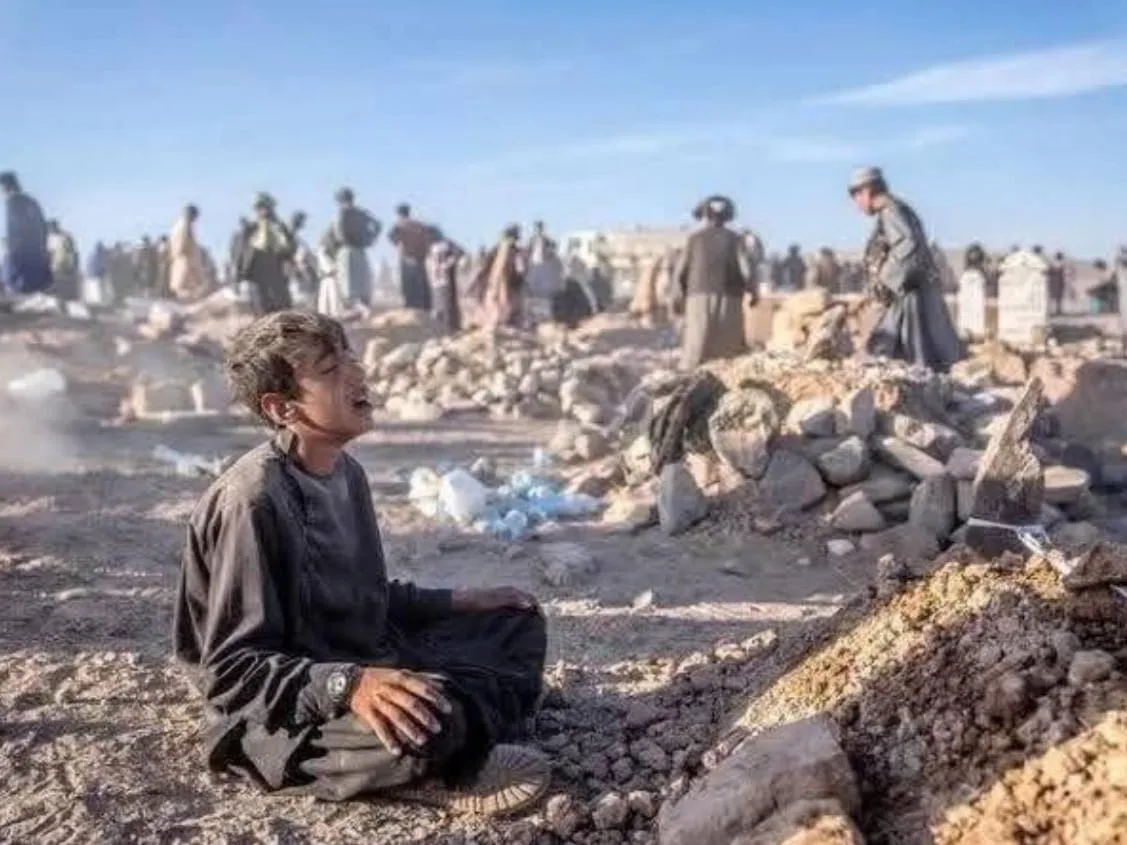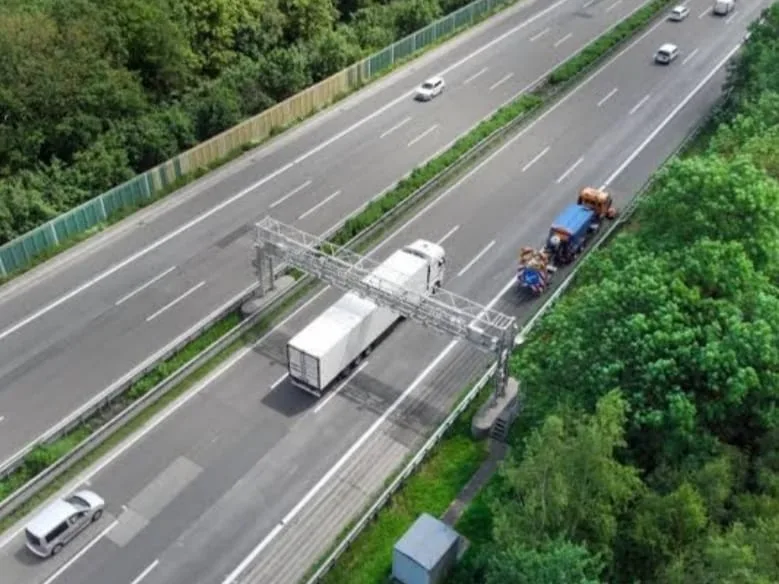Birch Glacier in Switzerland experienced a catastrophic collapse on May 28, 2025 . This event triggered a massive landslide of ice, rock, and debris that partially buried the village of Blatten, located in the valley below the glacier .
The collapse was caused by the weight of rock and debris from rockfalls on the Kleine Nesthorn, which accumulated on the glacier . Swiss authorities had been monitoring the area and evacuated the approximately 300 residents of Blatten a week before the collapse, preventing mass casualties . However, the landslide destroyed most of the village, and one person is still missing .
The situation at Birch Glacier was reported as stable with no notable changes a few days after the collapse, although smaller landslides continue . The site remains too unstable for crews to access safely .
Experts believe the Birch Glacier collapse is a chilling warning about the increasing dangers faced by communities living near fragile ice formations, particularly in regions like the Himalayas . While the exact role of climate change in this specific event is being investigated, the wider impacts of climate change on the cryosphere are clear . Rising temperatures in the Alps, which are increasing at twice the rate of other parts of the world, contribute to glacier retreat and make rock faces less stable . The melting of permafrost also increases the likelihood of landslides .
The Birch Glacier collapse highlights the importance of monitoring, early warning systems, and disaster management strategies in vulnerable regions . While Switzerland has resources for monitoring its glaciers, many other countries, particularly in Asia, lack the necessary resources to monitor their vast glacier areas effectively . This disparity can lead to significantly higher fatality rates in disaster events . The event underscores the need for strengthening monitoring, data sharing, hazard assessment, and communication of risks in regions threatened by glacial hazards .for environment news click www.eminentnews.com


























